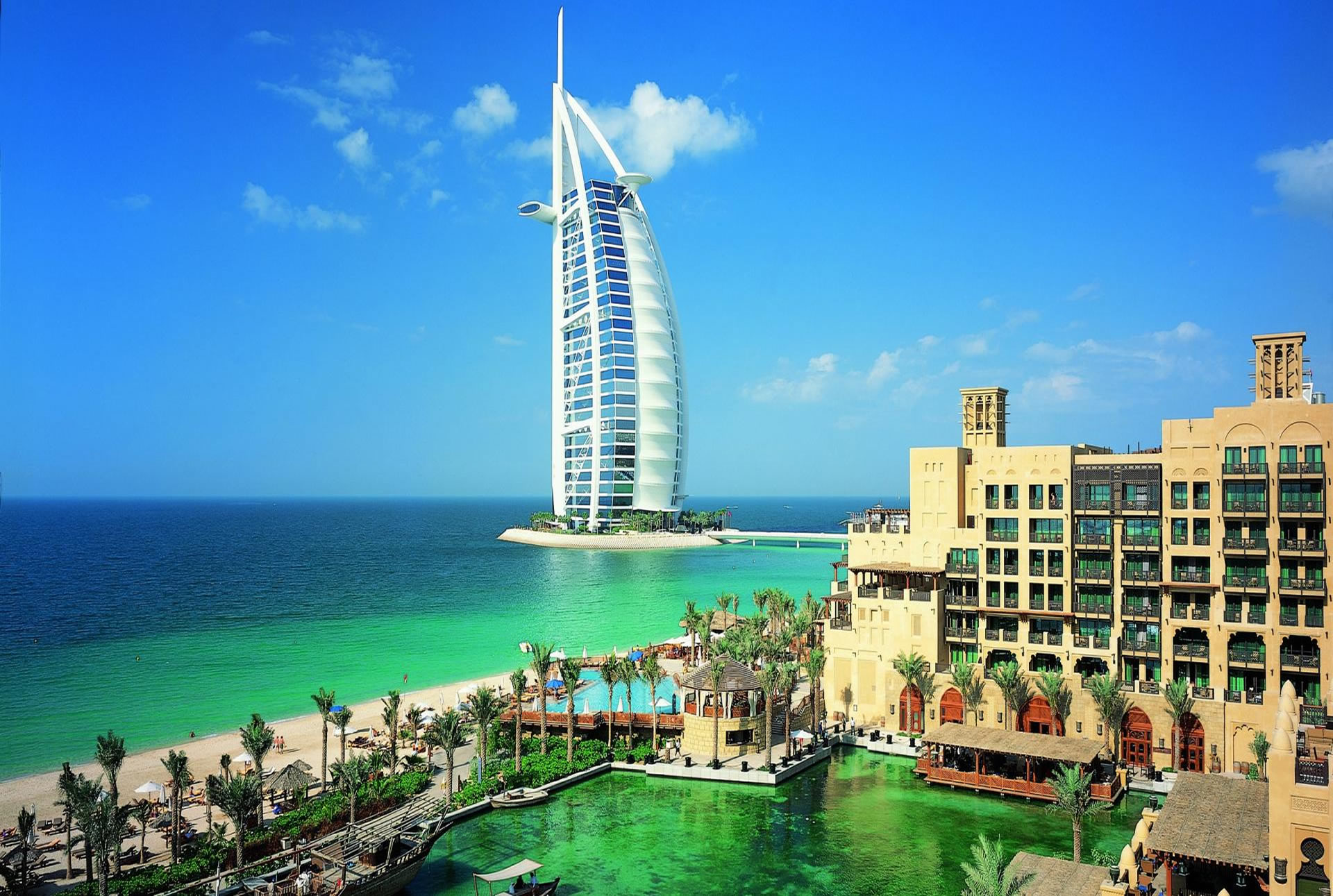Dubai
Dubai is a city of skyscrapers, ports, and beaches, where big business takes place alongside sun-seeking tourism. Because of its large expatriate population, it feels like a Middle Eastern melting pot, and the atmosphere is generally tolerant. Religious affiliations are not a prominent aspect of city life. Islam is the majority religion, but churches and Hindu temples coexist with Dubai’s mosques.
The western area of Dubai benefits from small stretches of sandy beaches, which have helped to catalyze the city’s tourism industry. Dubai’s rulers have sought to increase the city’s limited seafronts, and, in the absence of natural offshore islands, developers were encouraged to construct giant man-made islands off the coast of the city. The most famous of these is Palm Jumeirah, which has the shape of a palm tree. Others include the “World” islands, a cluster of small islands positioned to resemble a world map when viewed from above.

Mali

Mali, landlocked country of western Africa, mostly in the Saharan and Sahelian regions. Mali is largely flat and arid. The Niger River flows through its interior, functioning as the main trading and transport artery in the country. Sections of the river flood periodically, providing much-needed fertile agricultural soil along its banks as well as creating pasture for livestock.
Although Mali is one of the largest countries in Africa, it has a relatively small population, which is largely centred along the Niger River. The Bambara (Bamana) ethnic group and language predominate, with several other groups—including the Fulani (Fulbe), Dogon, and Tuareg—also present in the population. Agriculture is the dominant economic sector in the country, with cotton production, cattle and camel herding, and fishing among the major activities.